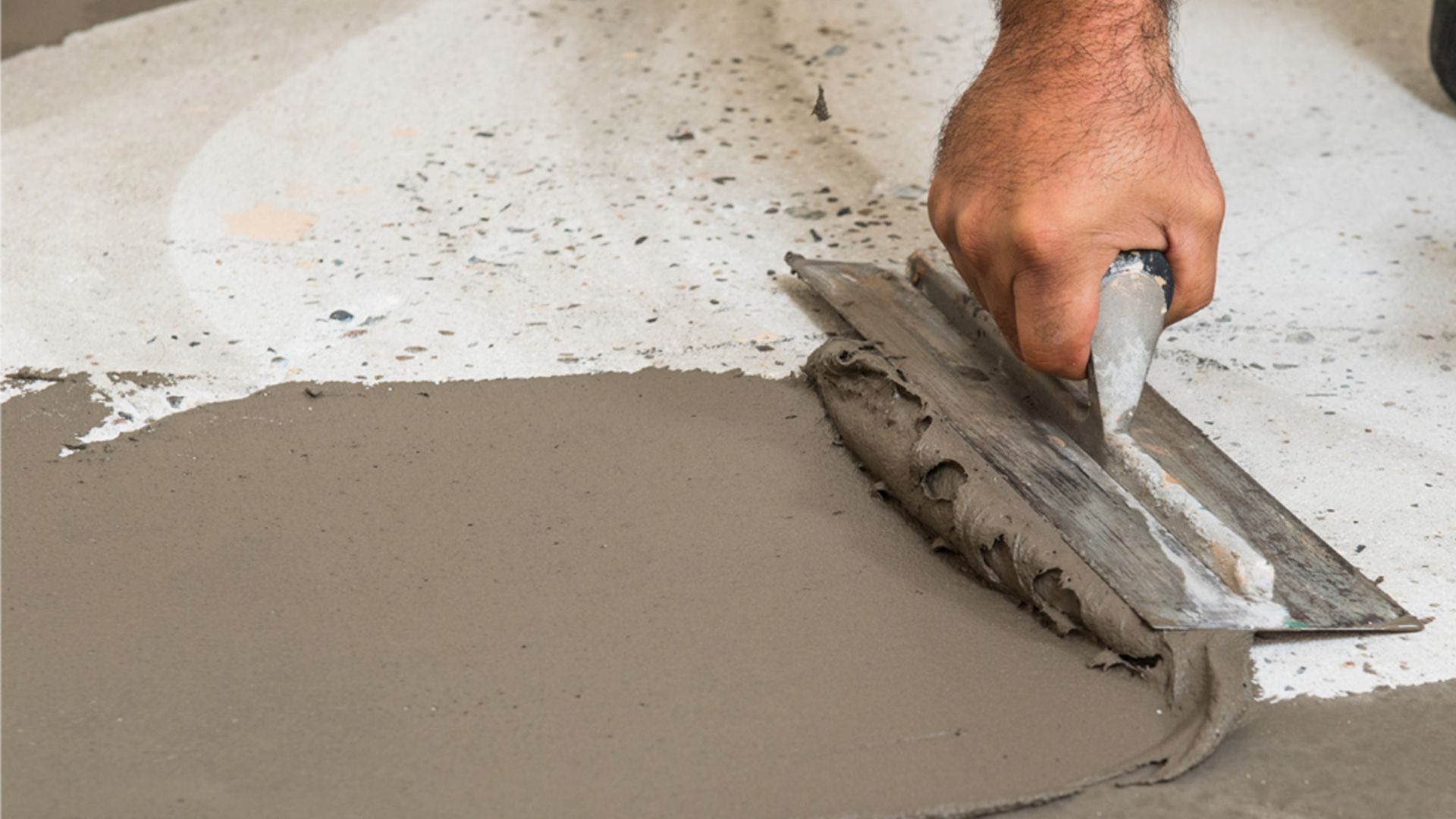Sika’s patching, Skimcoat, liquid crack isolation, liquid waterproofing, crack isolation membranes, sound control membranes, muds, and self-leveling underlayment products are specifically designed to prepare and repair surfaces so that they provide an acceptable foundation for the installation of tile and stone.
Frequently Asked Questions
Cured concrete, masonry cement block, brick, cement mortar beds, cement backer units, gypsum wallboard, plaster, APA Group 1 and CANPLY
0121 exterior-grade plywood, properly prepared VCT, properly prepared existing ceramic and porcelain tile, cement terrazzo, quarry tile and pavers, and SikaTile® waterproofing and crack-isolation membranes may all accept tile or stone installations.
Cured concrete, masonry cement block, brick, cement mortar beds, cement backer units, gypsum wallboard, plaster, APA Group 1 and CANPLY
0121 exterior-grade plywood, properly prepared VCT, properly prepared existing ceramic and porcelain tile, cement terrazzo, quarry tile and pavers, and SikaTile® waterproofing and crack-isolation membranes may all accept tile or stone installations.
No, they are not. For standard-size tile < 15”, the substrate flatness tolerance is no more than ¼” variance in 10”. For tile > 15”, the substrate flatness tolerance is no more than 1/8” variance in 10’. This applies to any substrate whether it is a wall, floor, ceiling etc.
No. Thinset is an adhesive, not a patching or leveling compound. Thinsets are
designed to be a certain thickness and when that thickness is greater than what the thinset can handle, shrinking will occur. Use a product that is designed for patching or leveling.
Almost all self-leveling underlayments require a primer. A primer helps with drying, flowability and bonding. Check with the manufacturer to see if the selected SLU needs a primer. For SikaLevel® SLUs, a primer is required for each pour.
If the plywood is acceptable as a substrate for ceramic tile and the deflection values are met, you may use any of the SikaTile® liquid-applied membranes over the plywood as a bond coat. See the SikaTile Technical Data Sheet for installation instructions.
Some old “cutback” black residues may contain asbestos. If the residue has asbestos, a professional will need to remove it. If the black residue does not contain asbestos, it may be removed by mechanical means such as sand blasting or grinding. Some products can encapsulate the black residue, preventing mechanical removal. Check Technical Services to find the correct products.
In most cases, flat is better than level. For example, an exterior deck needs to be flat and not level. Building codes require the deck to be pitched away from the building, which would make the deck not level. But, to install tile the deck must be flat. So, it all depends on the application.
When a flooring substrate does not meet industry flatness tolerances or when a substrate needs to be raised/lifted. Every self-leveling underlayment has a thickness threshold it can be used for. Speak with a SikaTile® Technical Representative for assistance.
No, they are not. For standard-size tile < 15”, the substrate flatness tolerance is no more than ¼” variance in 10”. For tile > 15”, the substrate flatness tolerance is no more than 1/8” variance in 10’. This applies to any substrate whether it is a wall, floor, ceiling etc.
No. Thinset is an adhesive, not a patching or leveling compound. Thinsets are
designed to be a certain thickness and when that thickness is greater than what the thinset can handle, shrinking will occur. Use a product that is designed for patching or leveling.
Almost all self-leveling underlayments require a primer. A primer helps with drying, flowability and bonding. Check with the manufacturer to see if the selected SLU needs a primer. For SikaLevel® SLUs, a primer is required for each pour.
If the plywood is acceptable as a substrate for ceramic tile and the deflection values are met, you may use any of the SikaTile® liquid-applied membranes over the plywood as a bond coat. See the SikaTile Technical Data Sheet for installation instructions.
Some old “cutback” black residues may contain asbestos. If the residue has asbestos, a professional will need to remove it. If the black residue does not contain asbestos, it may be removed by mechanical means such as sand blasting or grinding. Some products can encapsulate the black residue, preventing mechanical removal. Check Technical Services to find the correct products.
In most cases, flat is better than level. For example, an exterior deck needs to be flat and not level. Building codes require the deck to be pitched away from the building, which would make the deck not level. But, to install tile the deck must be flat. So, it all depends on the application.
When a flooring substrate does not meet industry flatness tolerances or when a substrate needs to be raised/lifted. Every self-leveling underlayment has a thickness threshold it can be used for. Speak with a SikaTile® Technical Representative for assistance.

